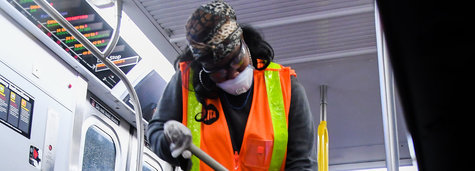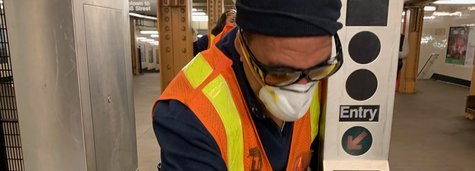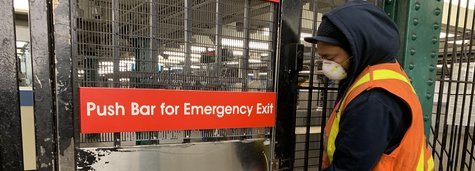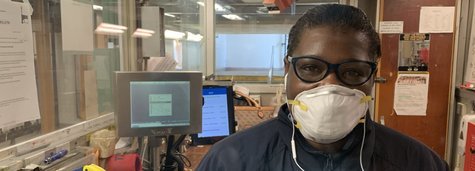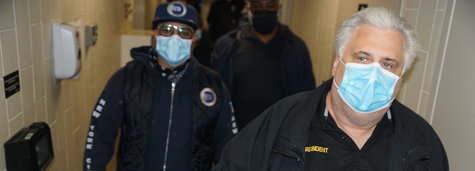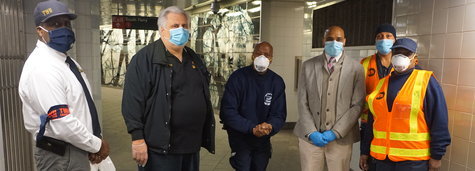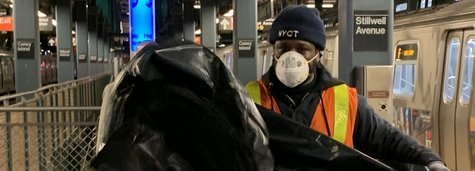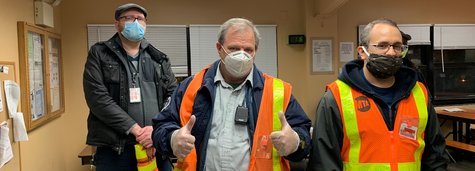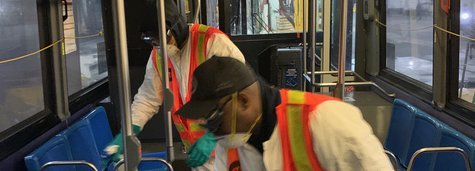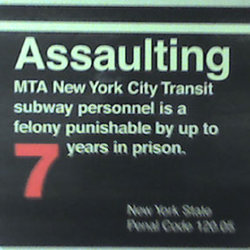Transit Assaults: Better Strategies Needed
BY PETE DONOHUE
Abuse of transit workers is rampant – and rising.
In the 12-month period ending Oct. 31, bus and subway workers reported being harassed by riders 2,176 times, according to police statistics provided by the MTA. That’s an 11% increase from the previous 12-month period. Harassment is a misdemeanor that encompasses such punkish behavior as threatening, shoving, kicking and spitting on someone. More serious misdemeanor and felony assaults also increased in the subway - but they declined on buses.
So what’s going on? Just like the attacks themselves, it’s hard to say with certainty. How do you explain a rider becoming so irate about being asked to pay the fare that he or she spits on a Bus Operator? How do you explain a rider, like off-duty police officer Mirjan Lolja, who tackled and throttled a female conductor doing platform duty in December 2014, apparently because he was frustrated about service delays and didn’t like how she answered his questions? In response to such brutish behavior, authorities over the last 15 years cobbled together a patchwork of strategies aimed at safeguarding transit workers. Some seem to be successful while others aren’t living up to their billing.
Bus partitions are the bright spot. There are now more than 4,000 buses with see-through partitions shielding Operators from the loons riding among us. Felony and misdemeanor attacks against Bus Operators dropped from 109 in the year ending in October 2014 to 83 in the year ending October 2015.
The legal system is baffling at best. Anyone who assaults a transit worker, theoretically, faces up to 7 years in state prison on a felony second-degree assault charge. That elevated punishment for injuring a transit worker was established by a state law that was passed with much fanfare in 2002. But few offenders get arrested, convicted and sentenced to state prison on that charge. Lolja, for example, was charged with a misdemeanor, a low-level crime. (He is due back in Bronx court Thursday, Dec. 17.)
Finally, there’s a program that called TransitWatch that could be dubbed TransitFlop. The program offers up to $2,000 in reward money for information leading to the arrest and indictment of a rider who assaults a transit worker. Since its launch more than three years ago, only one reward has been paid, an MTA official said. The best move right now would be for the MTA, or even Gov. Cuomo, to appoint a task force with members of substance who can get things done, not retired fuddy-duddies who are now consultants.
The task force should sort out why harassments are up; identify what strategies that were enacted to safeguard transit workers in NYC are working and which ones aren’t. It also should look at how crimes against transit workers are being classified, charged and prosecuted by the police and district attorneys, and if the law needs to be changed again. Then the task force needs to draft a concrete plan of action. Being subjected to approximately 2,200 incidents of harassment and assaults a year – more than 6 incidents of abuse a day on average – simply isn’t acceptable for any workforce, especially one serving the public.


